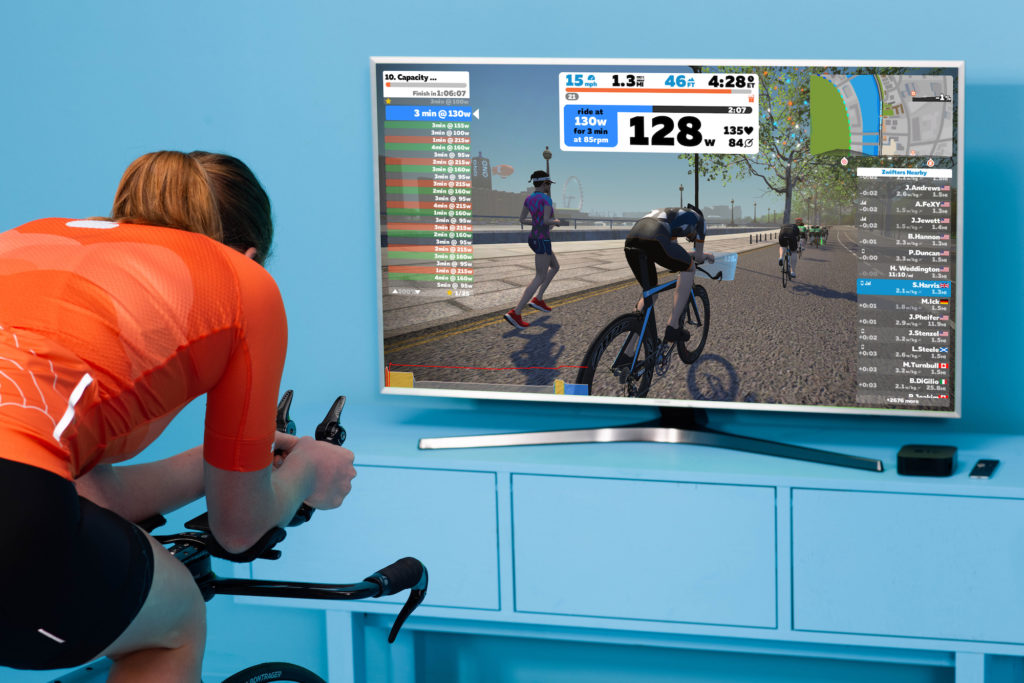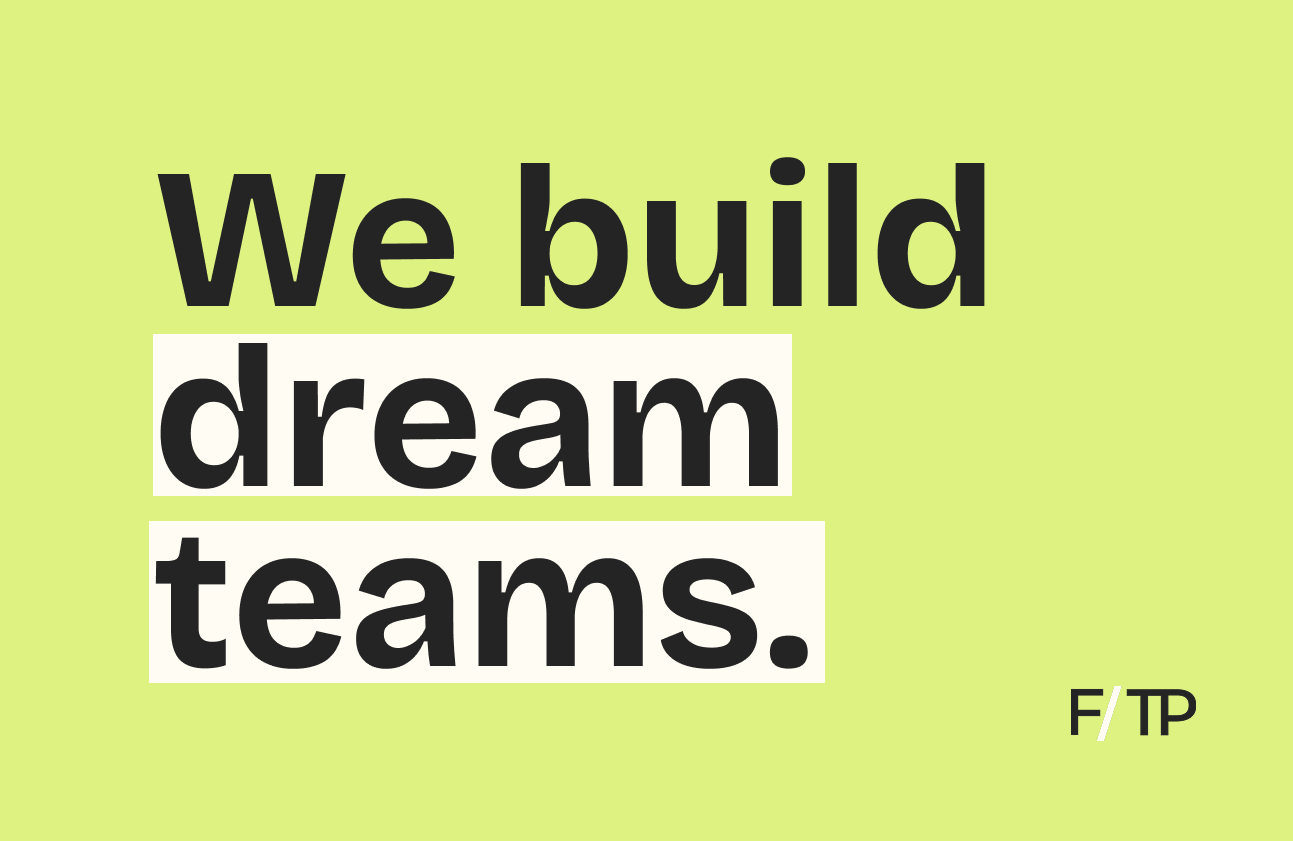Push back the sofa — virtual athletic competitions are on the rise:
- NEX just raised $25M and launched Active Arcade, a collection of motion-sensing mobile games.
- Playpulse, a bike-game console hybrid with multiplayer potential, recently secured $2M.
- In April, game-based connected rowing machine Ergatta raised a $35M Series A.
And after a surge of interest during the COVID-19 pandemic, Zwift is debuting its own esports league and gearing up to become an Olympic sport.
Speaking of the Olympics, the 2021 Olympic Virtual Series, an official digital experience put on by the IOC, featured video game competitions in auto racing, baseball, cycling, rowing, and sailing. Finding validation, esports will make its official debut at the 2022 Asian Games.
eSPN? On the sponsorship level, Hyperice, Freeletics, and supplement companies are targeting gamers. Last year, Twitch, a media platform popular for livestreaming gaming, landed a broadcasting deal with the National Women’s Soccer League (NWSL). And across the esports world, gaming leagues are starting to resemble their more athletic forebears.
Dovetailing disciplines. As esports and traditional sports continue to converge, many wonder whether virtual sports will one day overtake the in-person variety.
- The esports market is projected to reach $2.5B in 2022.
- Total disclosed esports investment topped $3B in just the first four months of 2021.
- Experts project esports to grow 200% to 796M global viewers by 2024; in comparison, basketball currently draws 825M viewers.
In its favor, esports is practically tailored to the digital age. With cross-border opportunities and all-access streaming, the possibilities seem endless. Currently, top streamers already make millions per year ― it may only be a matter of time before we all get paid to compete.
If and when they get there, organizers will need to develop ways to prevent a parallel trend: digital doping, the act of manipulating digital race/competition data.
Next up, throw some VR into the mix and things could get even more interesting. As virtual reality pushes into the mainstream while building more robust and realistic worlds, keep an eye out for upstarts like FitXR.
Takeaway: Multiplayer competitive fitness is likely here to stay. It’s early on, but as players like Riot Games and Twitch lay out the competitive gaming groundwork and physical esports leagues launch sponsorship deals, things are taking off fast.






